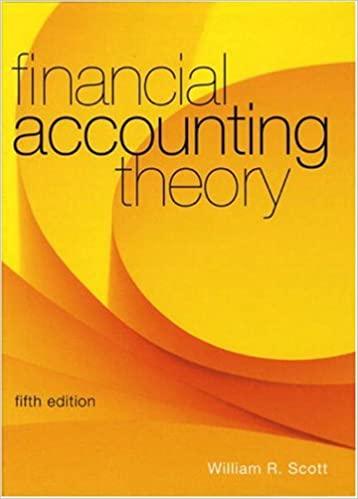Answered step by step
Verified Expert Solution
Question
1 Approved Answer
1 . 1 Inventory to the value R 2 0 0 0 0 . 0 0 was bought on credit from an approved provider, XYZ
Inventory to the value R was bought on credit from an approved provider, XYZ Ltd on April and invoice # was issued to Bubbeloo Bubblegum.
The monthly electricity bill of R was paid via an electronic fund transfer EFT to the local municipality, based on invoice dated April
A secondhand delivery vehicle with a purchase price of was bought on credit from WeBuyVehicles on April invoice # A cash deposit of R was paid to secure the purchase.
The rental payment of R for April for the headquarters office building was made on April via an EFT to LinPop, as per invoice LP dated April
Goods to the value of Rcost were sold for cash, on April recorded on the cash register roll.
Interest of recorded on a debit bank balance, as per the bank statement on April downloaded from Standard Bank's online banking website.
Goods to the value of Rcost were sold on credit to Sweet Surprises Pty Ltd and invoice number BB was issued on April
Instead of buying new furniture, Mr Billy Bonka decided to furnish his office by transferring items from his personal antique furniture collection to Bubbeloo Bubblegum on April The furniture is valued at R
Additional information:
Bubbeloo Bubblegum is registered as a VAT vendor and VAT is charged at
The markup percentage on inventory is consult your prior accounting knowledge and the internet for more information on the difference between gross profit percentage and markup percentage
Bubbeloo Bubblegum makes use of the perpetual inventory system to record inventory transactions consult your prior accounting knowledge and the internet for more information on the difference between the periodic inventory system and perpetual inventory system
You do not need to distinguish between the different product and inventory categories for the purposes of this assignment.
All final answers should be rounded up to two decimal placest
Refer to the transactions listed in the case study.
Prepare an accounting equation table for the above transactions, by making use of the spreadsheet provided for this purpose complete this task on the tab titled 'Task
Disregard VAT implications for the purposes of Task
Example: The business pays the telephone bill of R for the month.
tableAsset,Liabilities,Equity,Income,ExpensetableNoncurrentCurrem,tableNoncurrent:Current,,,,,,DrDrDrOrDrCr

Step by Step Solution
There are 3 Steps involved in it
Step: 1

Get Instant Access to Expert-Tailored Solutions
See step-by-step solutions with expert insights and AI powered tools for academic success
Step: 2

Step: 3

Ace Your Homework with AI
Get the answers you need in no time with our AI-driven, step-by-step assistance
Get Started


